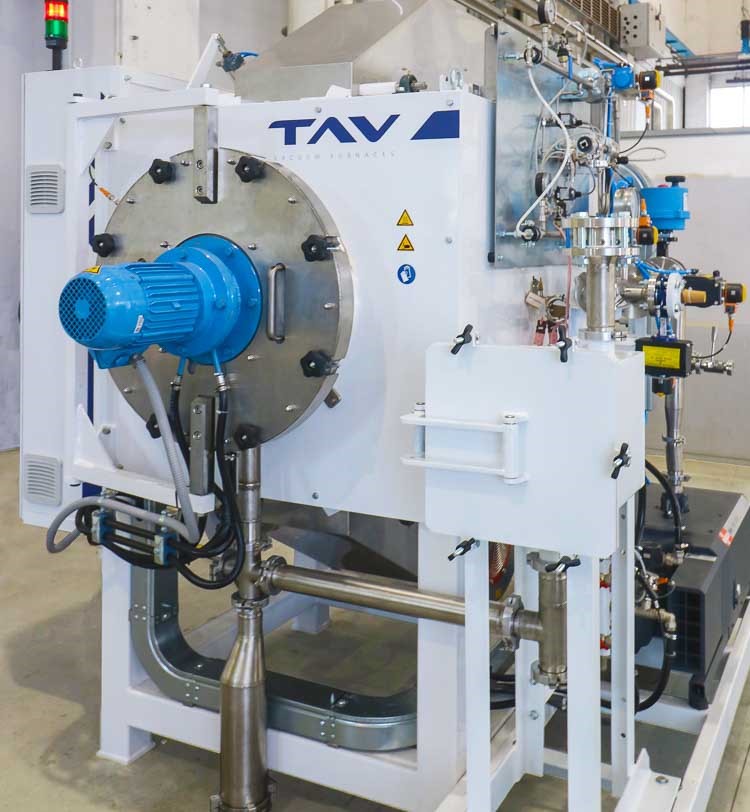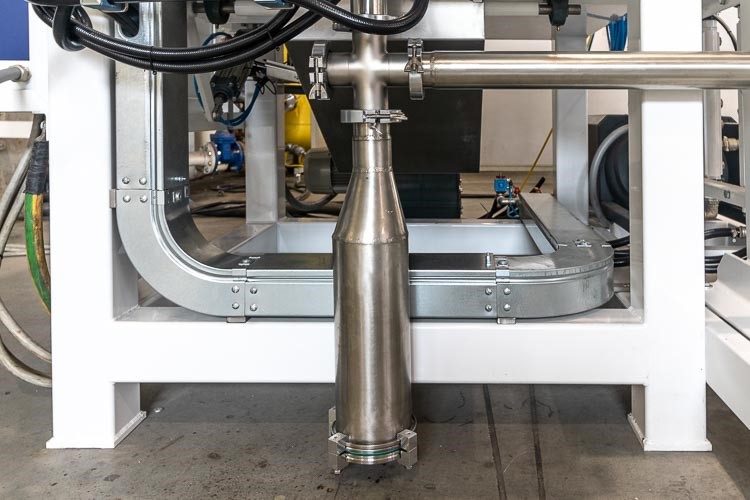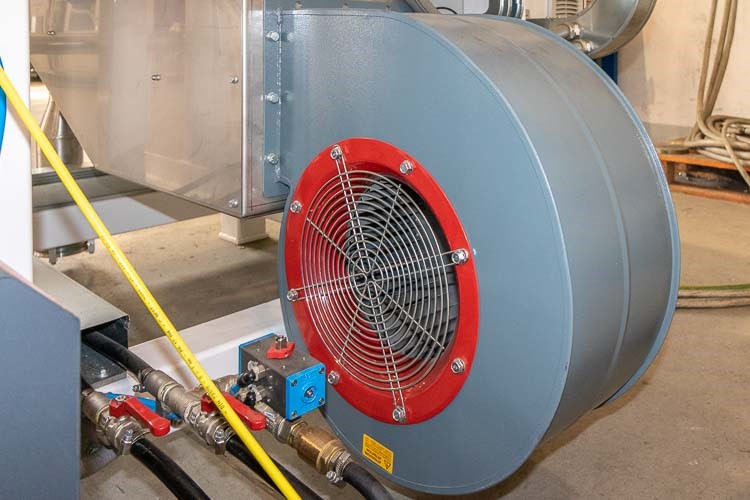Additive manufacturing is a manufacturing technology that is gaining more and
more ground among metallurgists. The process involves all the techniques used to
create 3D metal objects from a digital design.
The production of three-dimensional solid objects using AM technology is different
from traditional subtractive manufacturing, which uses a block of solid material
from which excess pieces are removed to produce the desired shapes.
Metal additive manufacturing, on the other hand, adds material, step by step
until the required object is obtained.
Some of the reasons to approach these new technologies are:
- The costs of 3D printers are falling, thanks to the remarkable advances
made in technology.
- The geometric limits imposed by subtractive manufacturing no longer exist.
- It is possible to create multiple versions of the same product, without
varying the cost of production.
- A drastic reduction of processing waste is obtained.
The notable increase in the world of metal additive manufacturing
of the use of methods such as the Metal Injection Molding (MIM), the
Binder Jetting (BJ) and the Fused Deposition Modeling (FDM), prompted
TAV VACUUM FURNACES to design and install a vacuum furnace for thermal debinding
in its Research and Development laboratory, in order to experiment the best solutions
for this delicate post-production phase.

If you want to know more about the pros and cons of Metal Injection Molding and
Binder Jetting, I invite you to read the articles:
Metal Injection
Molding vs. Binder Jetting [1/2]
Metal Injection
Molding vs. Binder Jetting [2/2]
We now come to the central topic of this article, which is what debinding is
and what are the best methods to obtain it.
What is thermal debinding in metal additive manufacturing?
Additive manufacturing cannot ignore the process of
post printing thermal debinding.
The printing of the samples is carried out thanks to the extrusion of a mixture
of metal powder and polymer until the desired shape and size is obtained.
Polymers, also called the binder, consist of a mixture of organic compounds
of different types and quantities, with different melting points.
Thermal debinding has the purpose of separating the polymers from the
metal powder thus obtaining a sample to be sintered.
Simply put, the treatment of debinding consists in the complete evaporation
of the binder to deprive the metal sample of any organic compound, leaving it intact
for the next vacuum sintering.
I invite you to read the article until the end, as I will show you the correct
way to remove the binders without risking contaminating the samples or even the
thermal chamber.
How to debind after metal 3D printing?
The debinding plant of the TAV VACUUM FURNACES R&D laboratory is able to
remove the polymer and condense it into specific traps avoiding contamination
of the thermal chamber and samples in the subsequent processing stages.
The laboratory debinding furnace is therefore equipped with different technical
features capable of satisfying the requirements of the additive manufacturing world.
The heating system
The heating system, which plays a fundamental role in the debinding process,
is based on the following components:
- Armored resistors: they constitute the heating system,
interposing in the insulation between the furnace and the thermal chamber.
- Control thermocouples: they regulate the process and are
placed both in the furnace and in the thermal chamber in order to reach the
specified temperature with a high degree of precision.
The working temperatures in the debinding phase are in the range between 70 °C
and the 450 °C, corresponding to the melting temperatures of the various organic
compounds.
The gas
An essential role in debinding is the presence of inert gas.
Gases act as a carrier of the degrading components avoiding oxidation and reduction
phenomena on the metal surface of the sample.
The furnace is designed for debinding of different materials with different gases:
- For stainless steels, iron is
Inconel nitrogen is used.
- For titanium alloys (like Ti-6Al-4V) the use of argon is
possible.
During the thermal cycle it is essential to ensure a homogeneous distribution
of the gas carrier in the thermal chamber in order to ensure the homogeneous
removal of polymers from the sample.
In particular, TAV VACUUM FURNACES has installed a convection impeller
able to uniform the gas flow inside its vacuum furnace.

Did you like this article up to here?
Before you continue, follow us on our LinkedIn page pressing the button here below!
In this way, we'll be able to keep you updated on most advanced technologies for heat treatments not only with our posts, but also with the best articles that we collect around the web.
How to avoid contamination during debinding
In the polymer degradation step, the evaporated binder can condense as a liquid
or as a powder.
For this reason TAV VACUUM FURNACES designed and installed containers
able to collect the degradation products of the debinding.
The collection, located in specific storage systems, allows a specific removal of
the stearate excluding contamination of the thermal chamber and the samples themselves.
The ideal solution is to install a storage tank and a trap in series, all supported
by an efficient cooling system.
- The storage tank is used for the collection of stearate
which condenses on the cold walls in the liquid phase. In case of excessive
accumulation of post process binder in the tank, the tank can be disassembled
and cleaned.
- The degradation products in solid form are instead concentrated in one
special trap. The trap consists of water-cooled copper coils
surrounded by metal straw. In addition, there are steel grids with gradually
finer meshes from bottom to top able to filter the decomposed binder
with increasing efficiency.
- The cooling system of the furnace is equipped with an impeller
present in the area below the system. The cooling impeller has the purpose of
sucking air from the outside and transferring it to the furnace avoiding to
come into contact with the thermal chamber.

The storage tank

The trap

The cooling impeller
The growing pervasiveness of additive manufacturing both at a technological and
commercial level, has led TAV VACUUM FURNACES to face and support this technology
with increasingly specific systems for debinding and sintering. For more information
on the infinite benefits and possibilities offered by three-dimensional metal printing,
contact us without obligation.
If you want to know more about the debinding and sintering process, the best
thing you can do is download our comprehensive
free guide on vacuum sintering.
Download the FREE eBook
Download the FREE guide to vacuum sintering and get deep insight into the heat treatment process to improve your products.
Learn how powdered metal, metal injection molding (MIM), 3D printing and other similar technologies can benefit greatly from the superior quality and flexibility of vacuum sintering.